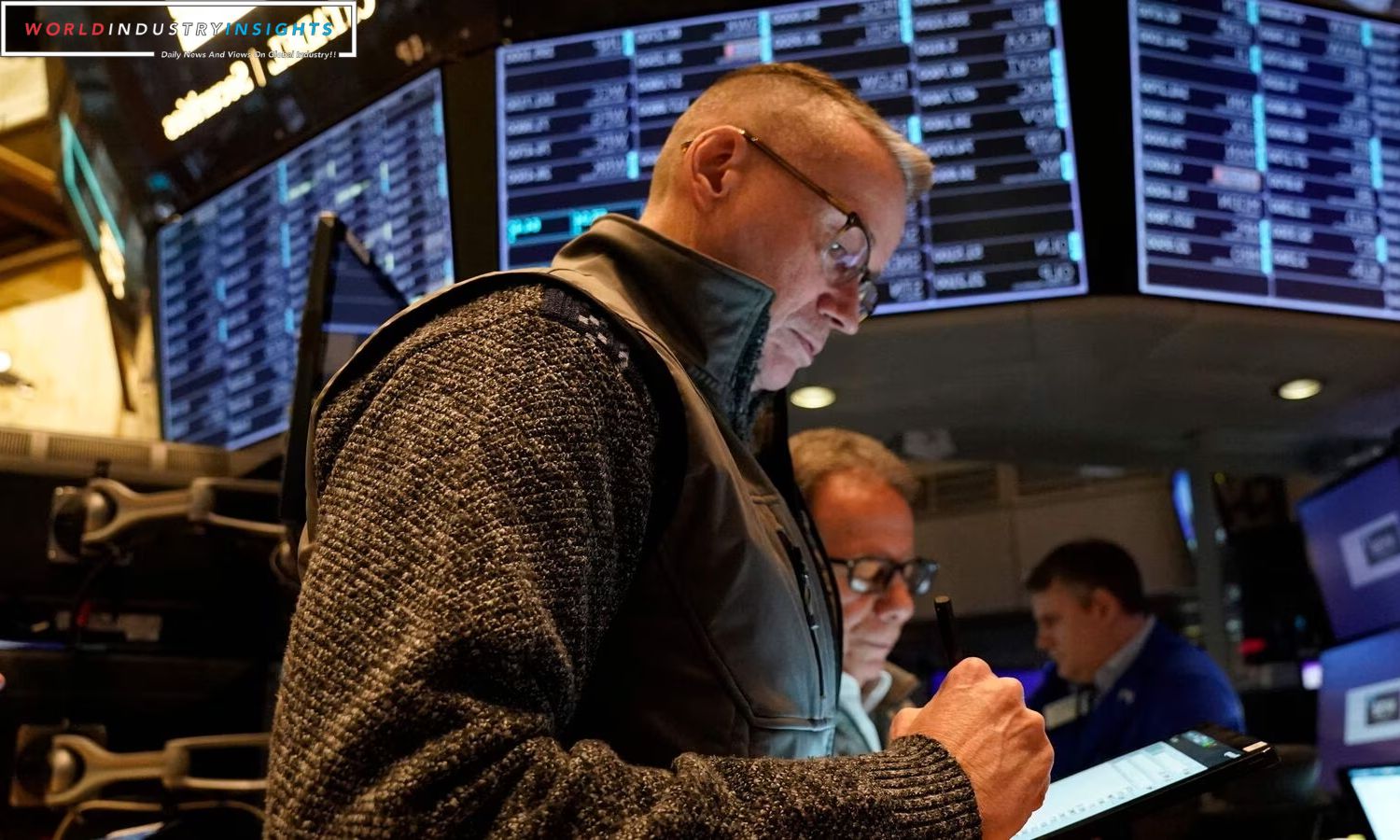Global Markets Rally: Asian shares extended their rally for the fourth consecutive session on Monday, as markets adjusted to the prospect of earlier rate cuts in both the United States and Europe. This optimism is being driven by bullish expectations, but it will face scrutiny as central bank speakers take the stage throughout the week.
Bond markets, which have been under pressure, saw a welcome recovery, thanks to a relatively benign U.S. payrolls report and positive productivity numbers. This suggests that the lobar market is cooling sufficiently to potentially eliminate the need for further rate hikes by the Federal Reserve.
Bruce Kasman, Head of Economic Research at JP Morgan, noted, “This year’s better-than-expected U.S. supply-side performance raises hopes for a soft landing.” He added, “By encouraging disinflation, strong productivity and lobar supply gains might allow for job growth and low inflation to coexist, which, in turn, would open the path for early Fed easing.”
Futures markets now imply a 90% chance that the Fed has completed its hiking cycle, with an 86% chance that the first policy easing will come as soon as June. Additionally, there’s an 80% probability that the European Central Bank will cut rates by April, while the Bank of England is expected to ease in August.
Central banker will have their say on this dovish outlook, with at least nine Fed members speaking this week, including Chair Jerome Powell. Speakers from the Bank of England and the European Central Bank are also on the docket.
Given strong inflation, Australia’s central bank may resume raising rates at its policy meeting on Tuesday, making it an outlier. Slowly, the Bank of Japan is tightening its policy. The chairman of the Japanese central bank said they’re closer to their inflation objective, but ultra-loose policy won’t end.
Outlook for lower borrowing costs lifted MSCI’s broadest index of Asia-Pacific equities outside Japan, which rose 1.7% on Monday, building on last week’s 2.8% rebound and pulling away from one-year lows. After a 3.1% surge last week, Japan’s Nikkei rose 2.5%, while South Korea rose 3.9% as officials reimposed a short-selling prohibition until mid-2024.
Also Read: Global Markets in Unpredictable Waters: Geopolitics and Central Banks Trigger Turbulence”
Chinese blue chips gained 0.8%, ahead of data releases on trade and inflation later this week. In contrast, S&P 500 and Nasdaq futures remained flat, with EUROSTOXX 50 futures showing little movement, while FTSE futures inched up by 0.1%.
The recent retreat in Treasury yields halted, with two-year yields at 4.86% after falling 17 basis points last week. Yields on 10-year notes stood at 4.587%, still some distance from the peak of 5.021% in October.
Analysts at NatWest Markets suggested, “Our view remains that rate cuts from the Fed, European Central Bank, and BoE will come a little sooner than is priced by markets and, in the initial phases, are likely to be bolder in terms of size. We look for the Fed Funds rate to fall to 3-3.25%, the European Central Bank depo rate to 3%, and BoE Bank Rate to 4.25% by end-2024.”
The decline in Treasury yields had an impact on the dollar, which was pinned at 105.080, having slid 1.3% last week to its lowest level since late September. The euro remained firm at $1.0728, after surging 1% on Friday to its highest level in two months. The dollar even lost ground to the ailing yen, standing at 149.52, some way from its recent peak of 151.74.
The drop in the dollar and yields provided support to gold, which was priced at $1,991, not far from its recent five-month peak of $2,009. Oil prices edged higher, rebounding from last week’s 6% drop, as Saudi Arabia and Russia confirmed their commitment to continue additional voluntary oil output cuts.
In the Middle East, Israel rejected calls for a ceasefire in Gaza, indicating that their operations against Palestinian Islamist group Hamas will intensify. Brent added 43 cents to reach $85.32 a barrel, while U.S. crude climbed 54 cents to $81.05 per barrel.
This article reflects the current market dynamics and the influence of central bank policies on global financial markets. It remains neutral and objective, presenting the facts and events as they unfold.


